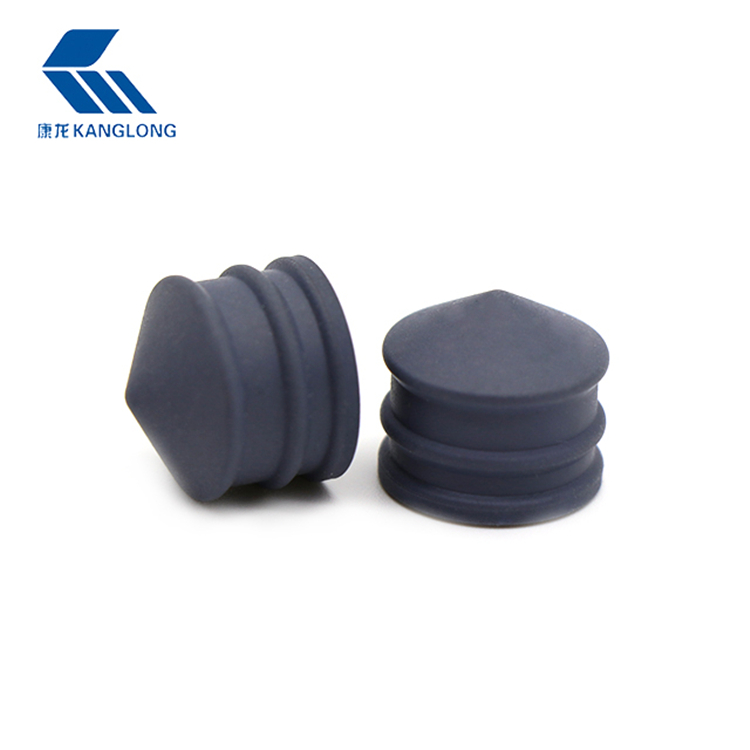In the field of modern medical packaging, safety, reliability, and functionality are critical factors in the development of any component. Among these, the Medical Butyl Rubber Stopper for prefilled flush syringes plays a crucial role. Designed to preserve sterility and ensure compatibility with injectable solutions, these stoppers are engineered with great precision. The production of a Medical Butyl Rubber Stopper involves a series of carefully controlled processes, each stage contributing to the final product's performance and compliance with medical standards.

Material Selection and Formulation
The production of a Medical Butyl Rubber Stopper begins with the careful selection of raw materials. Butyl rubber is chosen for its impermeability to gases and chemicals, low reactivity, and resistance to aging. These properties make it suitable for maintaining the sterility of medical solutions.
In cases, halobutyl rubber (chlorobutyl or bromobutyl) is used, as it offers enhanced chemical stability and lower extractables, which are essential in pharmaceutical applications. The base rubber is blended with additives, including fillers, plasticizers, antioxidants, and curing agents. This formulation must meet pharmacopeia standards, such as those outlined by USP or EP, ensuring the material is biocompatible and non-reactive.
Compounding and Mixing
The next step involves the compounding process, where the raw ingredients are mixed in a controlled environment to form a uniform rubber compound. High-shear mixing machines, such as internal mixers or two-roll mills, are used to ensure the dispersion of all additives throughout the rubber matrix.
The compounded material must meet strict criteria for viscosity, elasticity, and dispersion. At this stage, small samples are taken for laboratory analysis to ensure the batch conforms to the required specifications for producing a Medical Butyl Rubber Stopper.
Molding and Curing
Once the compound is prepared, it is shaped into stoppers using compression or injection molding techniques. The mold is designed specifically to produce the dimensions and features of a Medical Butyl Rubber Stopper, including the sealing surface, undercut, and plunger-compatible geometry.
During the molding process, the rubber undergoes vulcanization (curing), a chemical reaction that crosslinks the polymer chains to improve elasticity and heat resistance. This step is critical, as under- or over-curing can compromise the performance and integrity of the stopper. The curing process is carefully controlled for temperature, pressure, and time to ensure consistency.
Trimming and Surface Finishing
After molding, the stoppers may have excess material (flash) along the parting lines of the mold. These are removed through a trimming process, often automated for uniformity. Some manufacturers also apply surface finishing techniques, such as Teflon coating or siliconization, depending on the requirements of the syringe system.
These treatments enhance the performance of the Medical Butyl Rubber Stopper by reducing friction, improving chemical resistance, and facilitating smooth movement within the syringe barrel.
Washing and Sterilization Preparation
Cleanliness is a primary concern for any medical-grade product. Thus, the stoppers are subjected to a multi-stage washing process to remove any particulate matter, residues, or microbial contaminants. Washing may include ultrasonic cleaning, deionized water rinsing, and final drying under filtered air.
For prefilled flush syringes, the Medical Butyl Rubber Stopper must meet high standards of cleanliness. After washing, the stoppers are typically packed in a cleanroom environment and sent either sterile or ready-to-sterilize, depending on the pharmaceutical manufacturer's filling process.


 English
English Español
Español


.jpg?imageView2/2/w/500/h/500/format/jpg/q/100)






